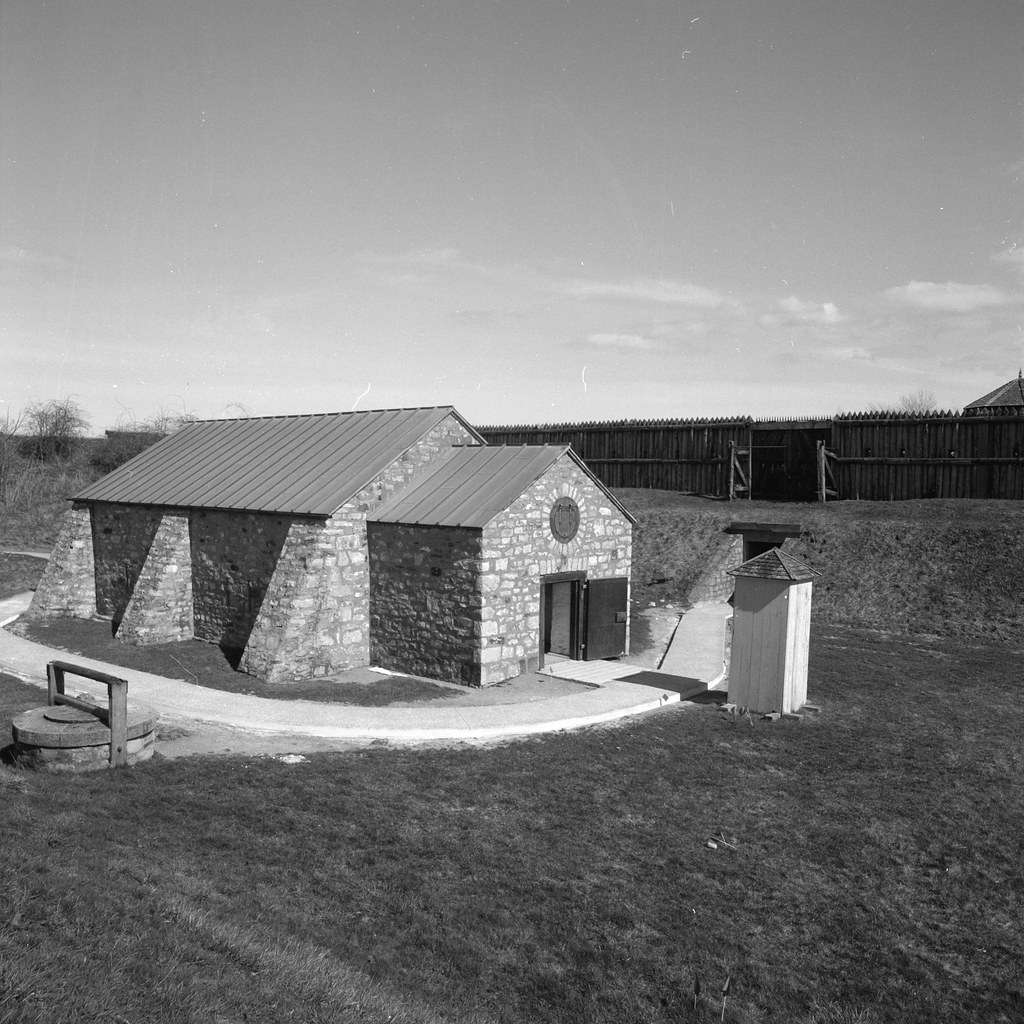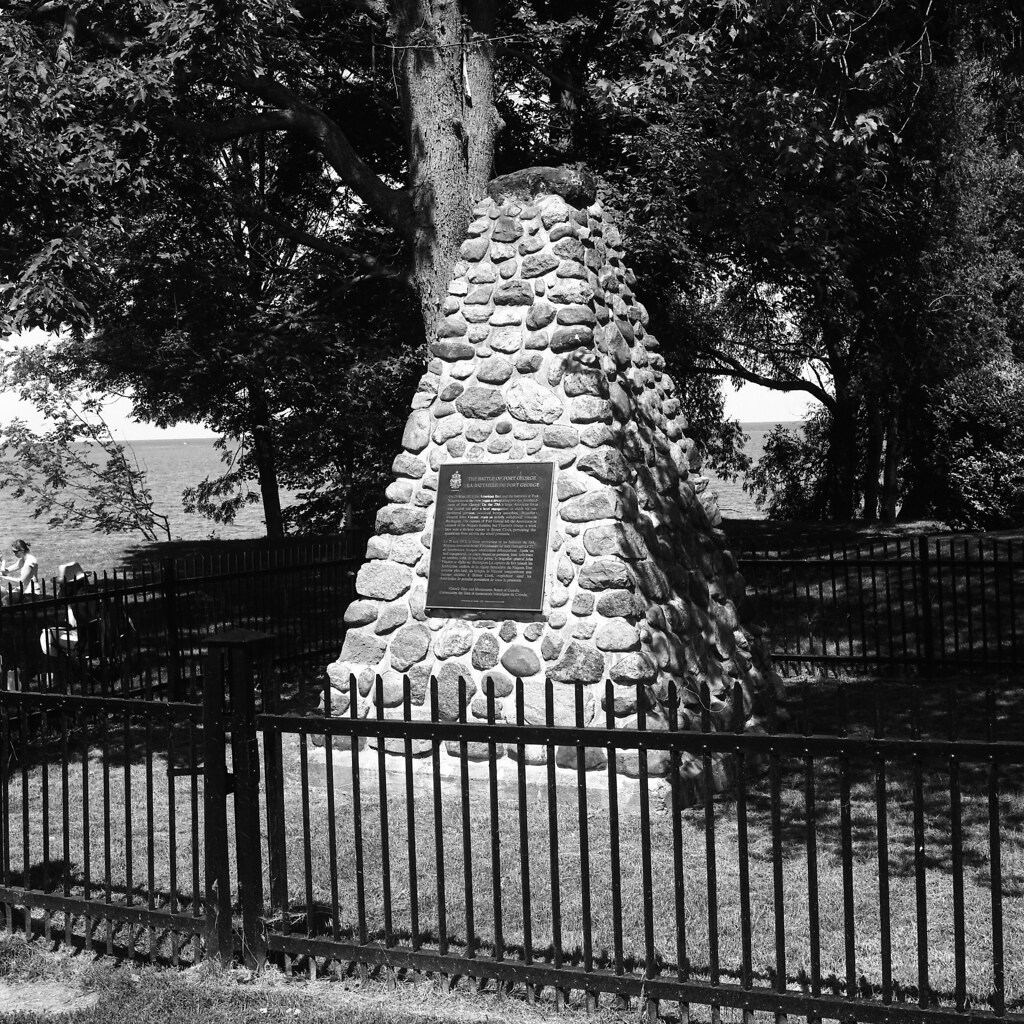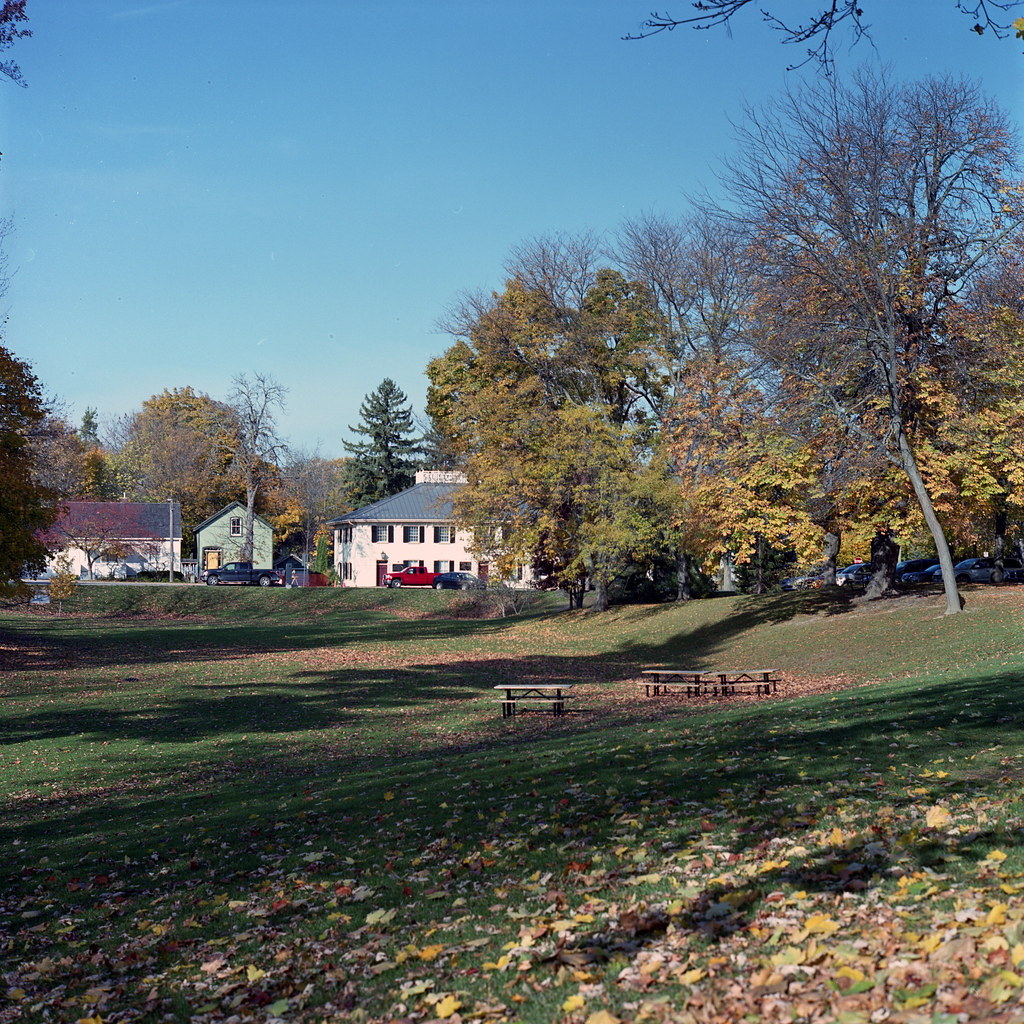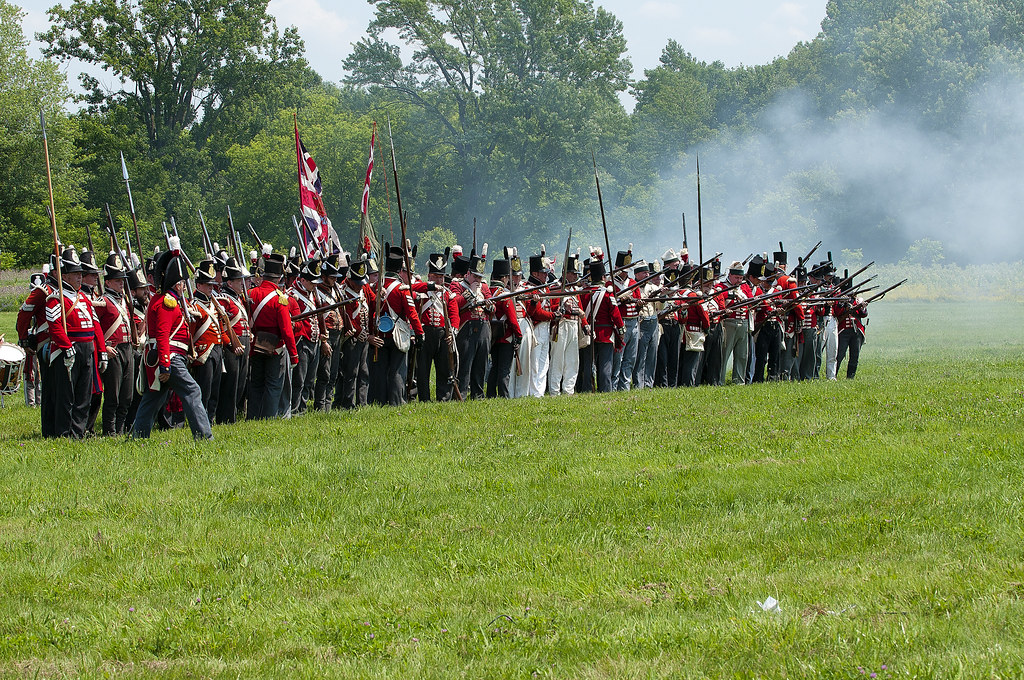Following a series of defeats that saw the surrender of three American Armies and the British in control of the entire Michigan Territory from Ohio to Mackinac Island. General Henry Dearborn needed a new plan, one that would not only boost the morale of his troops but give Washington DC a swift victory that they had been expecting. It was again decided that a three-pronged assault would be enough to force the British to retreat and surrender from Upper Canada. But it didn’t go exactly to plan. Dearborn believed the false report that 8,000 British Regulars garrisoned Kingston, home to the Royal Navy Squadron on Lake Ontario and a significant Provincial Marine (A militia Navy force) depot. Dearborn would use this as an excuse to attack the colonial capital, the tiny town of York, today, Toronto, Ontario. The Battle of York was swift, seeing the complete retreat of the British forces there and the subsequent sacking of the town at the end of April 1813. But so laden down with booty, it would be an entire month before Dearborn could turn his attention to a more strategic target, the British Army of the Center’s Headquarters, Fort George.

Hasselblad 500c – Carl Zeiss Distagon 50mm 1:4 – Rollei RPX 100 @ 100 – Rollei RPX-D (1+15) 6:30 @ 20C
Fort George had seen little action during the first year of the war. It had exchanged fire with Fort Niagara on the American side of the river but never saw an actual attack. General John Vincent, the garrison commander, had little to work with despite the strategic position. With a force of 1,000 regulars and provincial troops from the 8th, 49th, Glengarry Light Infantry, Royal Newfoundland Regiment, 50 native troops, and 300 local militia, he would be hard-pressed to defend against any concentrated attack. Without any intelligence on how any American landing would happen, he would have to split his troops to protect any possible landing site between the lake and town, as well as further upriver. It was probably good that Vincent did not know that the American invasion force numbered 4,000 troops. Not to mention a naval force that could quickly decimate any shore artillery and easily support landings.

Bronica SQ-Ai – Zenzanon-PS 65mm 1:4 – Ilford FP4+ – HC-110 Dil. B 7:00 @ 20C
When the American guns at Fort Niagara and her shore batteries opened up on 25 May 1813, it was clear any invasion would be happening soon. With the entire town on alert. The two-day bombardment dealt out severe damage to the town and the fort. The American invasion fleet sailed into view off the shore of Lake Ontario on 27 May. The young Lieutenant Oliver Hazard Perry had scouted out possible landing sites several days earlier in exchange for ships and sailors for his squadron on Lake Erie. Now Perry leads a small flotilla of gunships, bringing them in close suppress any British shore batteries opening up the beach for the landing force. Lieutenant Colonel Winfield Scott’s 2nd US Artillery and Major Benjamin Forsythe’s 1st US Rifle Regiment were the first on the beach. British light troops from the Glengarry and Royal Newfoundland regiments met the American landing with force; hand-to-hand combat saw even the officers engaging the private soldiers. They nearly succeeded in pushing the Americans back to their boats only to meet with infantry shredding grapeshot fired from Perry’s flotilla that had remained close to support the landing.

Modified Anniversary Speed Graphic – Fuji Fujinon-W 1:5.6/125 – Fuji Neopan Acros 100 – Kodak Tmax Developer (1+4) 5:30 @ 20C
The Americans pushed the British defenders back into the town with renewed effort. With the shore batteries now out of the action, Commodore Isaac Chauncy was free to sail his two big ships, US Corvette Madison (22) and US Brig Oneida (16) up the Niagara River to continue the bombardment of Fort George. The British defenders regrouped in a small ravine between the fort and the town; as the first wave of troops exited the town, the British again managed to force them back into the town, fighting through the streets. Only to meet with the second wave of American troops pushing the defenders back to the fort itself.

Rolleiflex 2.8F – Carl Zeiss Planar 80mm 1:2.8 – Fuji Pro 160 @ ASA-160 – Unicolor C-41 Kit
General Vincent found himself surrounded, outgunned, outnumbered, and close to being outflanked as more American troops were landing on the other side of the fort. The only option left was a retreat. Vincent moved quickly, leaving a small force to destroy any remaining ammunition and spike the fort’s artillery pieces, preventing them from being used by the Americans. He sent word to the other fortifications along the Niagara River; the British were pulling back. The only saving grace was the delay of the US Dragoons from Buffalo that could have cut off the British retreat. Upon the American arrival at the fort, General Dearborn ordered the troops hold, much to the annoyance of Colonel Scott, who was ready to continue the pursuit of the British Army. General Vincent pulled back to Burlington Heights, occupying a farm and fortifying it as a roadblock to any future American advance. Dearborn was a cautious commander and would hold the area. The American bombardment had reduced most of Fort George to ruin. If he were to hold the beachhead, they would need a solid defensive position.

Nikon D300 – AF-S Nikkor 70-200mm 1:2.8G
Today Niagara-On-The-Lake, Ontario, is a rich tourist town, rebuilt after its destruction at the end of 1813. Visitors can still visit the original battlefield and play a round of golf. Fort George is now a National Historic Site rebuilt in the 1930s to what the fort would have looked like in 1813, playing host to the Crown Forces North America annual drill school, puts on a reenactment of the historic battle and plays host to the annual Boy Scout War of 1812 event. While most buildings are modern reconstruction, the original powder magazine still stands.
With files from:
Hickey, Donald R. Don’t Give up the Ship!: Myths of the War of 1812. Urbana: U of Illinois, 2006. Print.
Lossing, Benson John. The Pictorial Field-book of the War of 1812. Gretna, LA: Pelican Pub., 2003. Print.
Berton, Pierre. Flames across the Border, 1813-1814. Markham, Ont.: Penguin, 1988. Print.
Guidebook to the Historic Sites of the War of 1812 Second Edition by Gilbert Collins – 2006 The Dundurn Group Publishers
www.eighteentwelve.ca/?q=eng/Topic/45